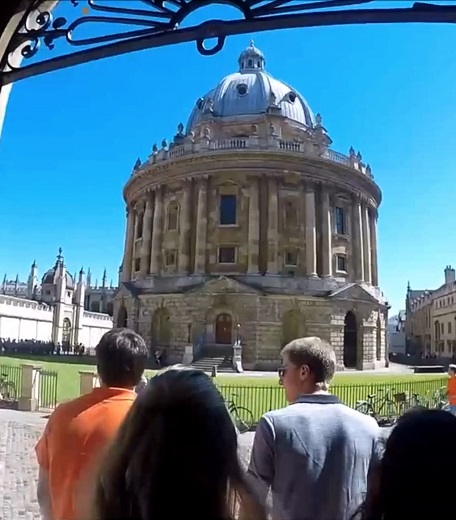Once a pristine frontier of scientific wonder, Earth’s orbit is fast becoming the next dumping ground. With over 34,000 pieces of space debris larger than 10cm already tracked in low Earth orbit (ESA, 2021), the question is no longer whether we have a problem, but how engineers can help solve it.
Historically, engineering marvels have expanded human possibility, from steam engines to silicon chips. Today, engineers face a challenge of a different kind: cleaning up after ourselves, not on Earth, but above it. The modern space race has triggered an orbital arms race, with satellites and rocket stages being hurled into the sky, but rarely being brought back. From China’s 2007 destruction of its FengYun-1C satellite to Russia’s 2022 anti-satellite test during the Ukraine war, the consequences have been more than political—they’ve been physical, creating clouds of deadly debris threatening astronauts and vital space infrastructure (Dey & Jagadanandan, 2024).
This challenge is not just technical, it’s diplomatic, ethical, and collaborative. Engineering, however, thrives at the crossroads of disciplines. It is here that I believe the future lies: not in solitary national efforts, but in international cooperation that mirrors the CERN model. During a recent visit to CERN, I was inspired by how engineers from dozens of countries collaborate daily—not for profit or prestige, but for progress. If particle physicists can bend the rules of nature, surely engineers can bend the trajectory of destruction into one of repair.
The European Space Agency and NASA are starting to explore active debris removal systems, like nets, harpoons, or even lasers. But these projects remain in infancy, hampered by cost, politics, and risk. I believe that greater collaboration with researchers from particle physics, particularly in materials science, could accelerate progress. CERN’s work with matter-antimatter collisions (CERN, 2025) might inspire new ways to induce controlled disintegration of debris, respecting the law of conservation of mass-energy (Britannica, 2024), while exploiting the peculiarities of high-energy physics.
During my internship at ESA in 2025, I had the opportunity to interview a French astronaut, Michel Tognini. His words resonated: “Technology is not the problem. Collaboration is.” (Tognini, 2025). This stayed with me. As an aspiring engineer, my role will be to advocate for unity, not only in design but in purpose, to help forge bonds between agencies, disciplines, and even geopolitical rivals.
The greatest engineering challenge of our time may not be how to reach Mars, but how to clean up our mess before we get there. And as stewards of both Earth and space, engineers must lead with optimism, curiosity, and a shared sense of duty, not just to each other, but to generations not yet born.




